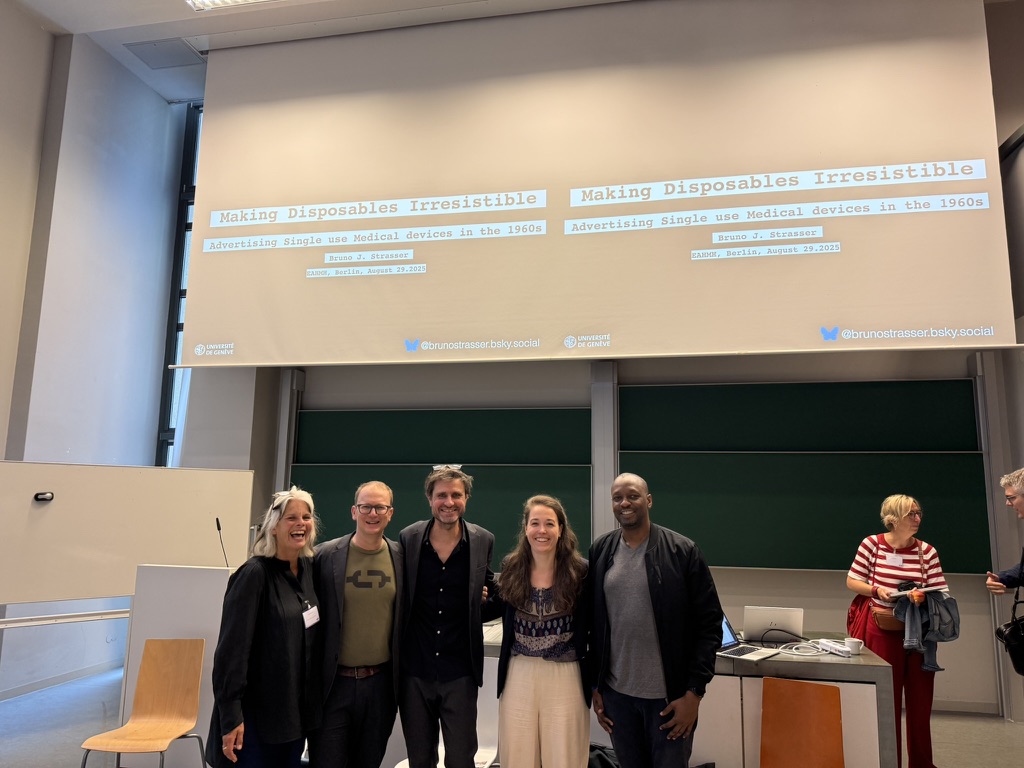Making disposables irresistible: advertising single-use medical masks in the 1960s

Body
Bruno J. Strasser took part in our project panel - Pasts, Presents, and Futures of Plastics in Medicine - at the 2025 European Association for the History of Medicine and Health (EAHMH) conference in Berlin.
Summary of Bruno's paper:
In the 1950s, Western medicine began to embrace a “throwaway” culture made of single‑use products, such as masks, gloves, syringes, and catheters. This transformation, with severe consequences on health beyond medicine, was part of a broader trend in consumer culture—“throwaway living” as Life magazine famously put it—fuelled by new materials such as plastics and nonwoven fabrics. The Covid‑19 pandemic has made visible the tremendous environmental impact, the supply vulnerability, and the economic cost of this throwaway medical culture. This paper will examine how and why disposable protective masks replaced the reusable masks in wide use in hospitals since the early 20th century. Focussing on advertisements and corporate archives, hospital management, and hospital hygiene publications, this paper argues that industry and hospital managers constructed a new narrative in which disposables were necessarily safer, cheaper, and more convenient than reusable. Industry was driven by the prospect of endless profits and hospital managers by the ideal of simplified logistics and reduced labour costs. The resistances to throwaway medicine in the 1960s and 1970s, forgotten today, offer new ways to rethink a more sustainable medicine for the future.
Read the panel summary here and find out more in this blogpost.
